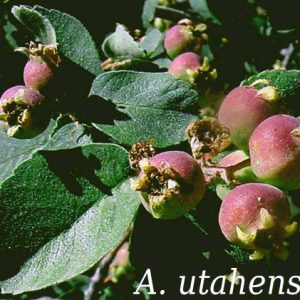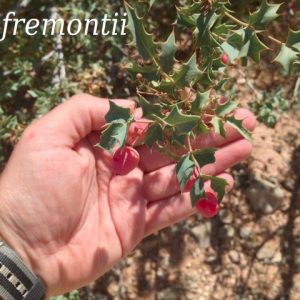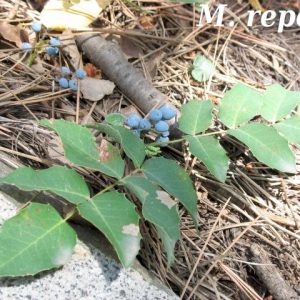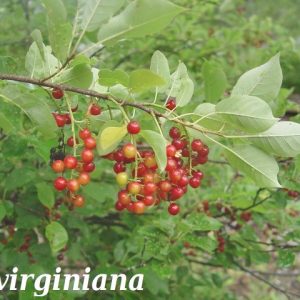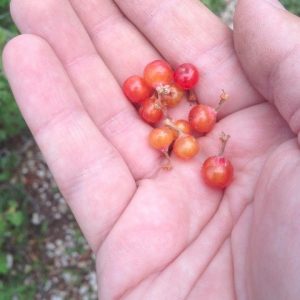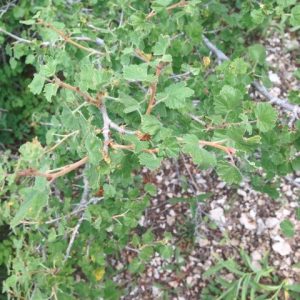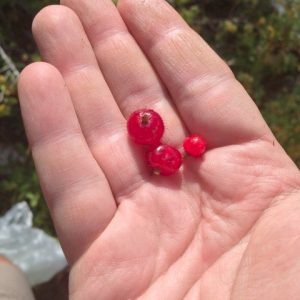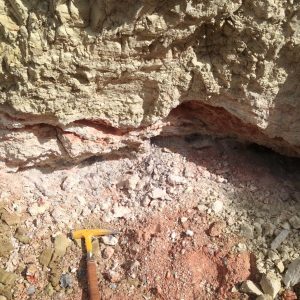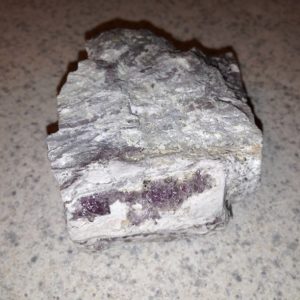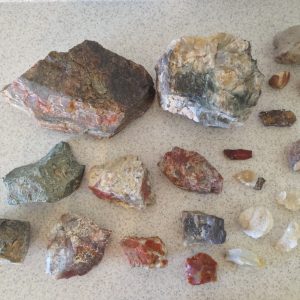Forgot to pack some fresh fruit in your lunch? Working outdoors in the West? Here’s a few edible species I’ve encountered in Utah which are ripe at this time of year. You generally do not need a permit to pick and eat fruit in-place on public land (but always check with your local office first!).
Don’t eat anything you cannot positively identify!
Amelanchier utahensis (Utah serviceberry) – In my experience, bland and mealy. A. alnifolia is sweeter, juicier, and more flavorful (tastes of apple with faint blackberry) but I haven’t run across it in Utah yet!
Mahonia fremontii (Fremont barberry) – Generic fruit flavor, not terribly distinctive. Fruits are mostly hollow inside, but the flesh is sweeter and less sour than that of M. repens.
Mahonia repens (Oregon grape) – Reminiscent of grape flavor. Sour. Sweeter later in the year especially after a frost.
Ribes cereum (Wax currant) – Mild currant flavor with a hint of melon. Ripe berries are less intensely colored and more orange/less red than R. montigenum. Dried remnants of the inflorescence often adhere to the bottom of the fruit — just eat the whole thing. Plants have smooth stems without prickles.
Ribes montigenum (Mountain gooseberry) – Strong, sweet currant flavor when at their peak. Berries are deep translucent red when ripe. The berries have thin, erect hairs which can be visually off-putting, but the hairs do not pose a problem to your mouth. The plants, however, are quite prickly — pick your berries carefully.
Prunus virginiana (Chokecherry) – Generally sour/astringent even when ripe, but some berries could almost be called sweet later in the year. Don’t mistake these berries for those of Sambucus racemosa (Red elderberry), which is toxic unless cooked.
Rubus strigosus (Wild raspberry) – Not pictured. When ripe these are usually half the size or less of those you might find in a store, but just as tasty.
To reduce contamination from animals, I don’t pick berries on bushes growing on an animal trail or path. I also discard berries which are rotten or have signs of insect damage.

